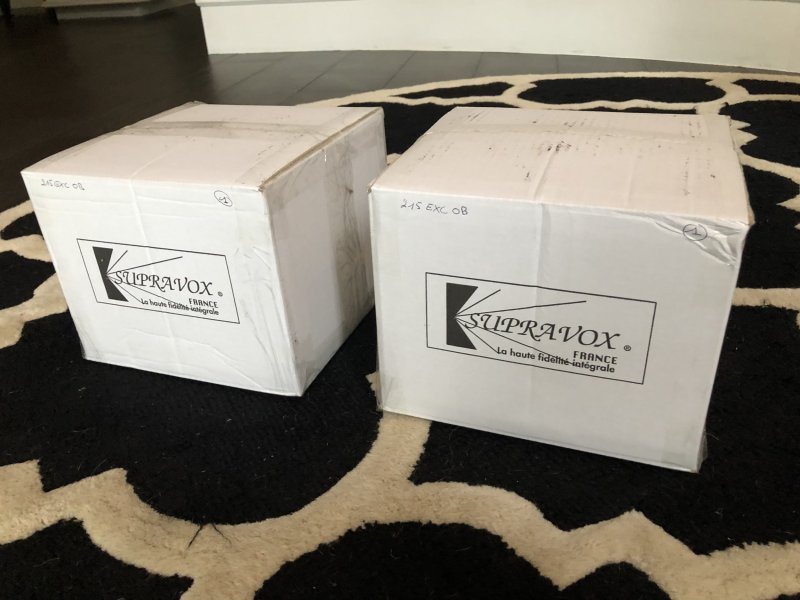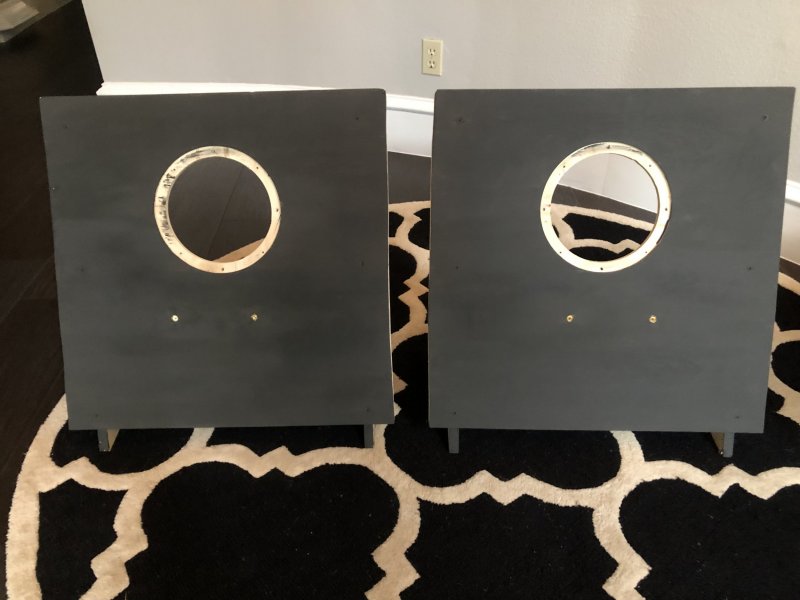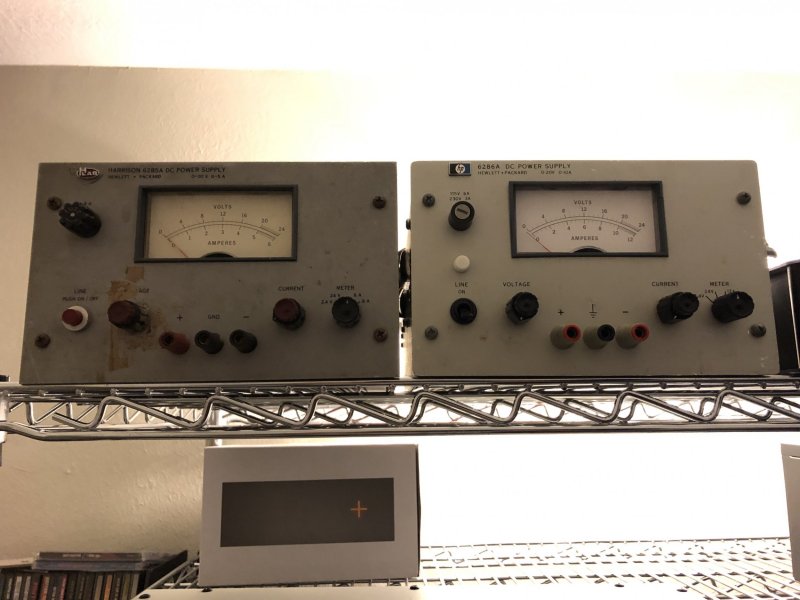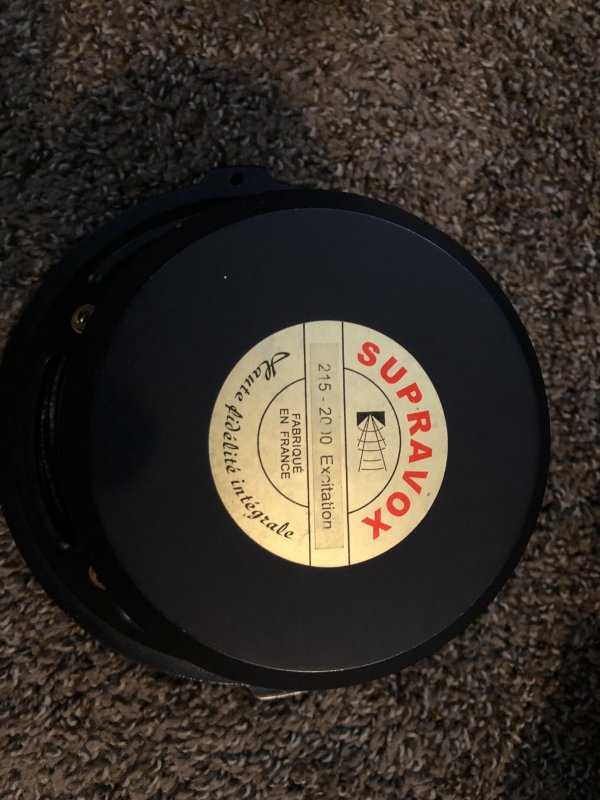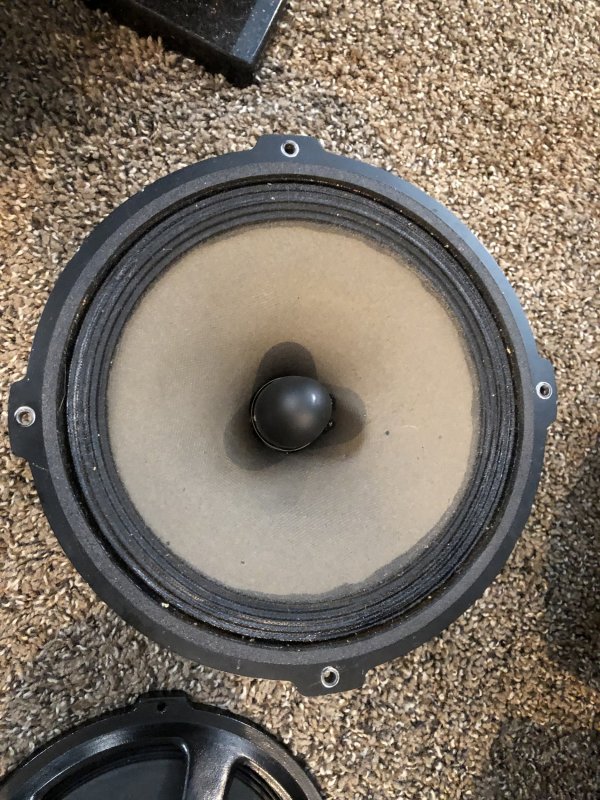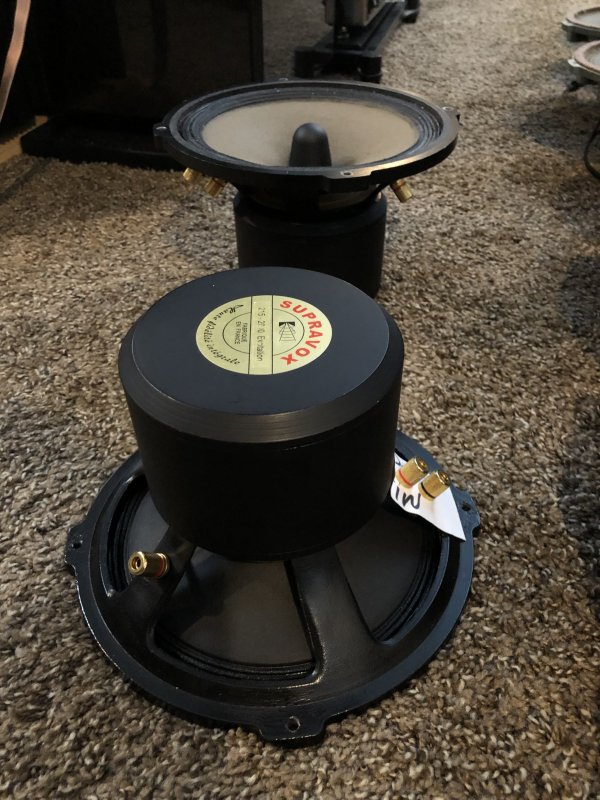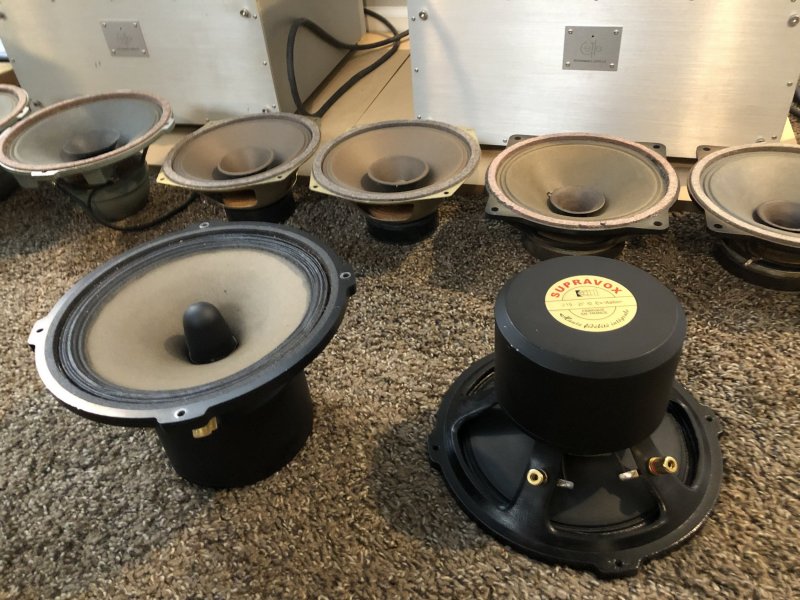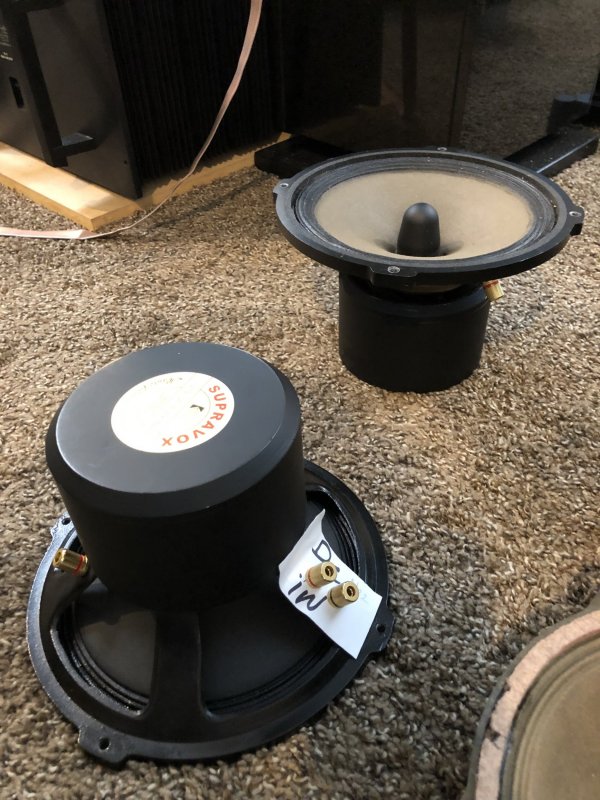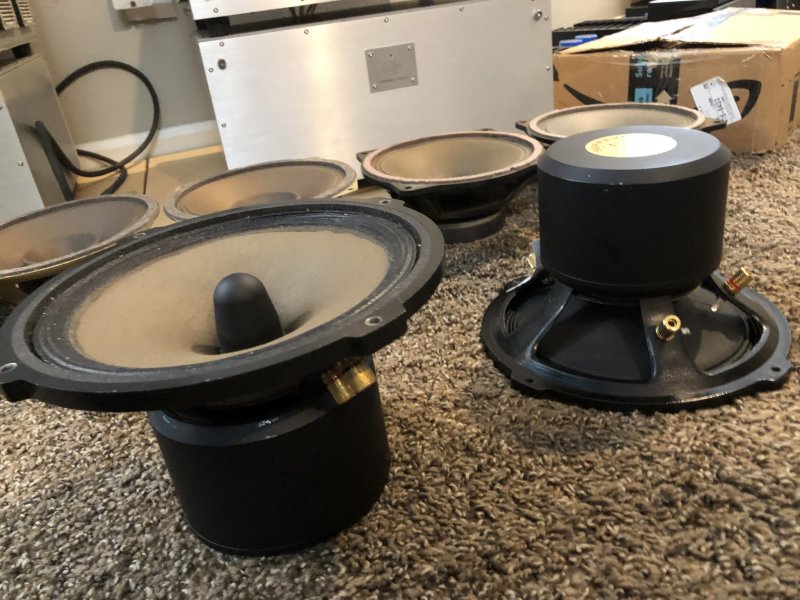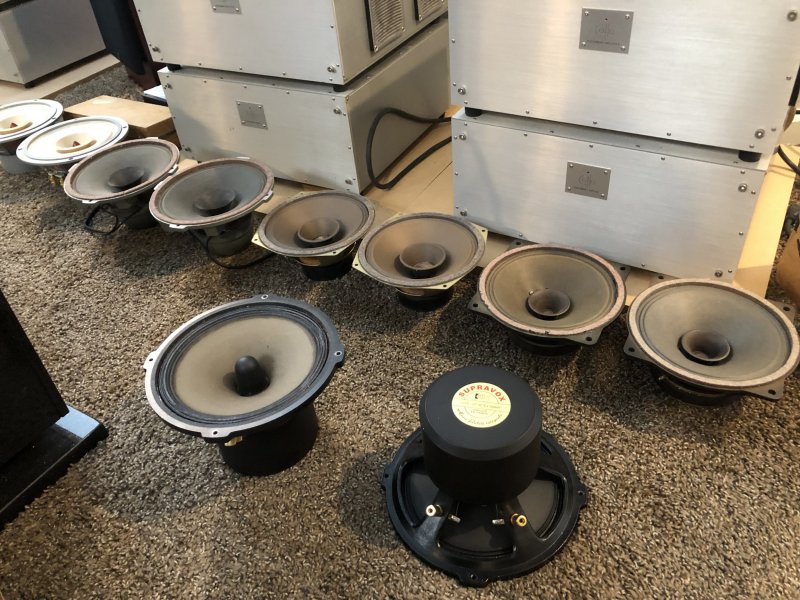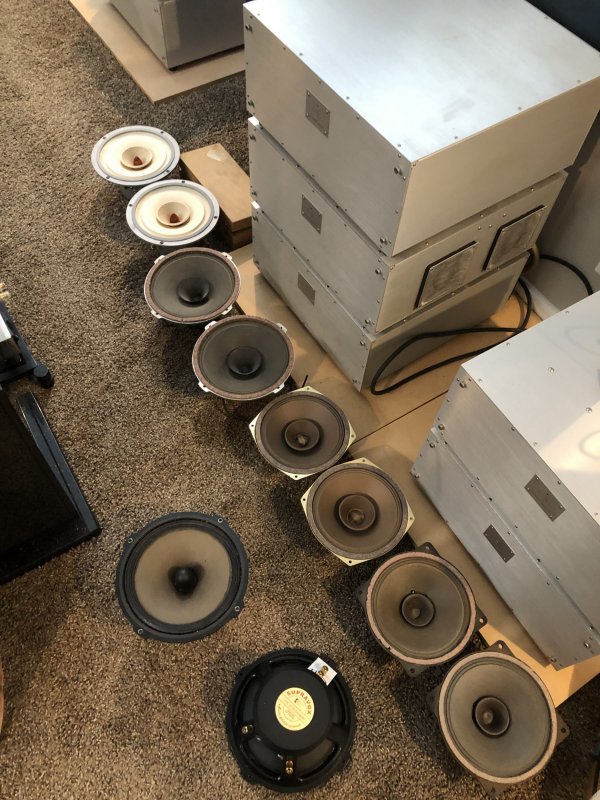I'm not aware that sag in the magnetic field results in lower ordered harmonics! I would expect greater IMD and slower risetimes.
While the lower orders are useful for masking the higher orders, if you can reduce the
overall distortion signature, the result is greater focus, greater resolution, but otherwise the same organic (musical) presentation. Encouraging distortion, even if its lower orders, IME while euphonic, results in less resolution- it might be fun but it does not bring you closer to the musical event. In high end audio, the assignment is to get as close to the musical event as the recordings will allow. One has to be pragmatic that distortion can't be eliminated. Reducing it, as long as the resulting distortion signature is benign, is paramount to getting things to sound real.
The class D project for us was really affirming of this idea; it measures considerably lower in overall distortion compared to our OTLs but otherwise has a very similar distortion signature. If compared side by side on a speaker that both amps are happy with its really obvious from the neutrality of the class D that with our OTLs we were on the right course all along; they sound so similar they are hard to tell apart (what you hear as different is the bass presentation, since the class D acts as a near perfect voltage source, and its also a bit more focused). Its nice to have a 'solid state' amp that sounds as smooth, liquid and detailed as a good tube amp and that both are simply sounding true to the recording.
In a nutshell if the power supply is regulated but otherwise the same voltage and current (so driver parameters are unchanged for the most part...) then you hear a greater sense of speed and realism from the regulated supply, where an unregulated supply is not that different from Alnico in its sound- IMO making one wonder why go through the additional expense??
Field coils cost a lot more $$$ to produce according to every manufacturer I've talked to that works with them. The industry moved away from field coils in the 1950s for precisely this reason!
Agreed.
I confronted him once on audiogon about his outlandish claims; he had a 'circuit' that could correct for 'Doppler Effect in amplifiers' and worked at a 'microscopic' level... Assuming it worked, somehow it produced a correction output but he was unable to produce a metric to show how it was affecting distortion or bandwidth or anything?? Seriously? I asked him why he didn't use the circuit itself as the measurement tool to know when it was 'doing its thing' and he didn't respond. Occam's Razor has a way of sorting out things like this pretty quickly- there's a very good reason its the oldest principle in science








